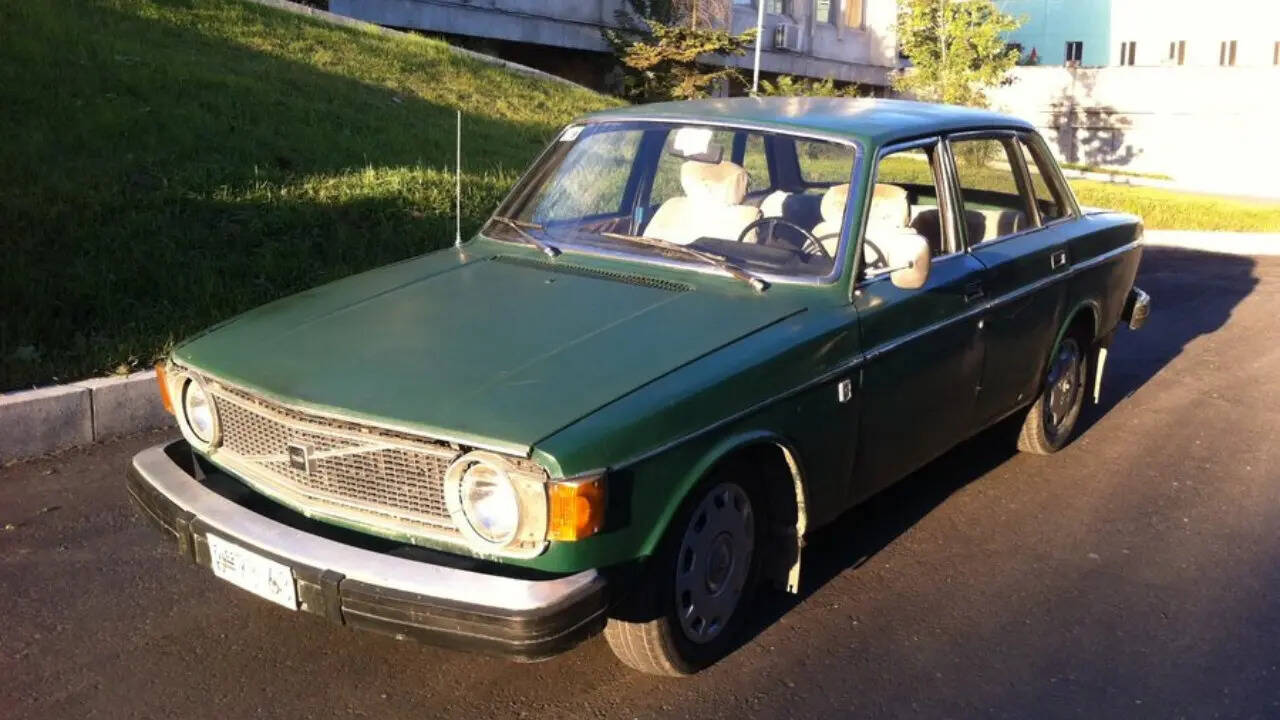
In 1974, the North Korean regime placed an order for 1,000 Volvo 144 models and other mechanical equipment worth 73 million with Swedish companies. (Source: Sweedish Embassy)
In a world where the West continues to have a complicated relationship with North Korea, Sweden’s “business dealings” with Pyongyang over 50 years ago continues to spark people’s interest. This strange transaction – order for 1,000 Volvo 144 models and other mechanical equipment worth $73 million – involves debt that has been unpaid for 52 years and continues to grow with interest.
The “huge trade contracts” took place in 1974, when the North Korean regime placed an order for 1,000 Volvo 144 models and other mechanical equipment worth $73 million with Swedish companies. Back then Swedish businesses considered North Korea as a promising new market as the country was rebuilding its economy afteer the Korean war.
“At the time, [North Korea] wasn’t doing so badly,” Jonathan D. Pollack, a senior fellow at the Brookings Institution, told the NPR. “After the Korean War, their economy was rebuilt, it became a functioning industrial state, still very aid-dependent — but it wouldn’t have seemed like such a bad bet, under the circumstances.”
Pyongyang, however, never paid for the order. In the past 5 decades, the total with interest has increased to approximately $330 million.
The incident, which was reported in 2016, keeps appearing up on the internet, along with images of the cars, sparking people’s interest in this strange transaction.
Here is a tweet from the Swedish Embassy that was posted in 2016.
According to reports, North Korea still uses these cars, and most of the time for special purposes.
NPR reported that US journalist Urban Lehner rode in a speeding Volvo 144 sedan during his two-week trip to North Korea in 1989. He recalled that foreign journalists usually rode in these cars on the mostly empty roads during their stay in the country.
“In another country it would be a suicide ride, but in North Korea so few cars ply the highways that each can often have the road to itself.”